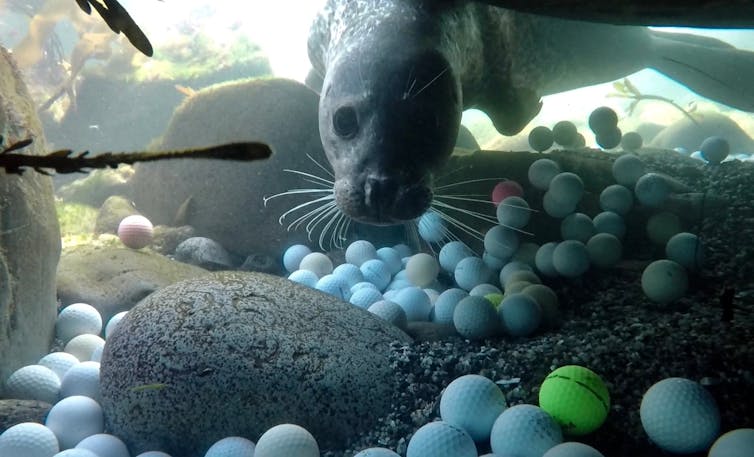While researching for sports that are harmful to the environment, golf is a recurring one that kept appearing. This led me to think about how bad can golf really be for the environment?
Golf not only requires a large land area but also high maintenance to maintain its pristine look. It requires a large amount of water, pesticides and along the way the destruction of ecosystems to construct them. To maintain the vast grass patch of the golf course, a multitude of steps are needed. Firstly, there is the need to clear massive land and often wildlife and ecosystems will be destroyed along the way. For instance, during the 2016 Rio Olympics when golf is being brought back into the games, the golf course was being constructed within the Marapendi Environmental Protection area which was actually a coastal habitat for for “sandbank native vegetation and animal life, including endangered species” (Sewell, 2019, p. 340) and is home to 238 species. Additionally, to worsen matters, the golf course was further abandoned after the games. Next, the golf courses require large volume of water usage. It has been estimated that a golf course in US requires 312,000 gallons of water on a daily basis and 3000 sprinklers can be found spread across a course. Lastly, pesticides are being used to maintain the grass health and to keep it away from pests. Often, with poor management, the chemicals from the pesticides can pollute nearby riparian ecosystems.
On top of these, golf balls are a rising source of pollutant in the oceans. It has been reported by a teen scientists, Alex Weber, that there are tons of golf balls found in the bottom of the ocean that has been polluting the environment. It has been noted that nearly 40 000 golf balls have been collected by Alex and his friends (figure 1) from three sites which are near coastal golf courses specifically Cypress Point, Pebble Beach and the Carmel River Mouth.

Figure 1: Retrieval of golf balls
These golf balls pose a threat to the marine environment as the material of the solid core in golf balls contain zinc oxide and zinc acrylate, which enhance the balls’ durability and flexibility. However, it has been noted that these compounds are toxic in aqueous environments, and have shown to activate stress responses in fish, algae, and crustaceans (Chawla, 2019). Besides, these golf balls can degrade into microplastics which marine animals might consume.
Figure 2: Marine habitat polluted by golf balls
Therefore, with these effects on the environment, are multiple golf courses really necessary especially in a land constrained country like Singapore?



